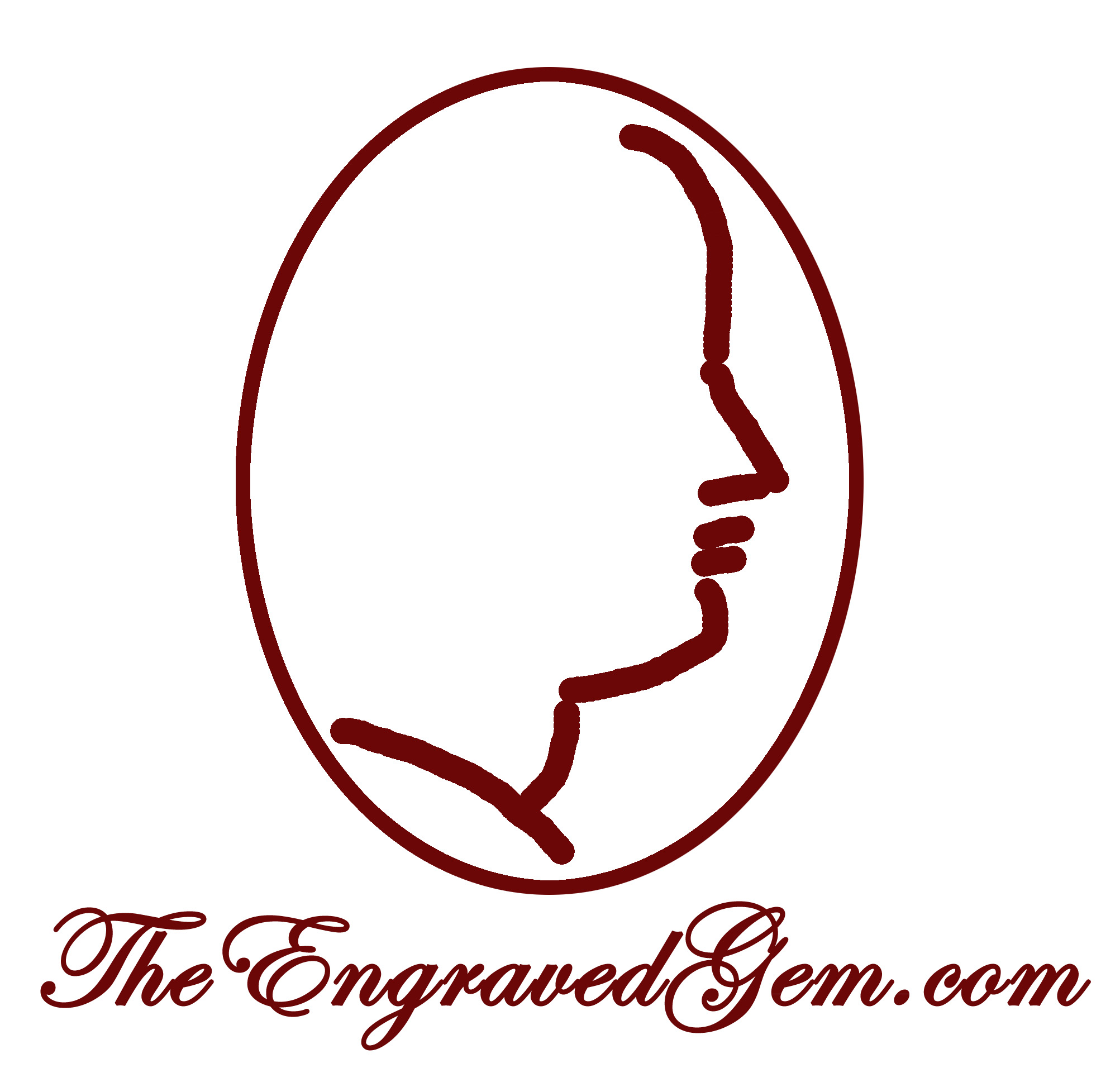
Baron Philipp von Stosch 1691 – 1757
The Prussian born Stosch spent most of his life dealing in antiquities. Above all he was a collector of engraved gems of antiquity, books and manuscripts, early engravings and drawings. He financed his passions by some unorthodox means, including spying on the Jacobite court in Rome for Sir Robert Walpole’s British Government. Being forced to flee from Rome in 1731 for spying took refuge in Florence, where he settled into a long retirement devoted to connoisseurship, pensioned by the British until he died in 1757.
He encouraged young German artists, not merely those who illustrated his own works but others, like Johann Lorenz Natter (1705-1763), a German gem-engraver and medalist whom Stosch set to copying ancient carved gems in Florence.
The baron’s own great collection eventually contained 3,444 originals and glass pastes, and perhaps more than 28,000 gem impressions which the baron had either made himself or managed to procure from all the major European collections, the majority of which eventually went to the museums in Berlin. The hardstone carvings among his collections, which rivaled numismatics for their interest to antiquarians, were engraved and entrusted for publication to Johann Joachim Winckelmann (1717-1768) who did so in April 1760 in Florence in quarto format as Description des pierres gravées du feu Baron de Stosch.
Stosch made his lasting impression with a great volume on the subject of Gemmæ Antiquæ Cælatæ (Pierres antiques graveés) (Antique Engraved Gems or Stones) (1724), in which Bernard Picart’s engravings reproduced seventy antique carved hardstones from European collections.
To the right is a copy of the Title Page of the publication. Far right is a sample plate from GEMMAE ANTIQUAE.
The entire Catalogue can be found and downloaded at archive.org.

GEMMAE ANTIQUAE by Stosch
Title Sheet

PLATE XXIX
DIOMEDES contemplating the PALLADIUM
by DIOSCORIDE


0 Comments